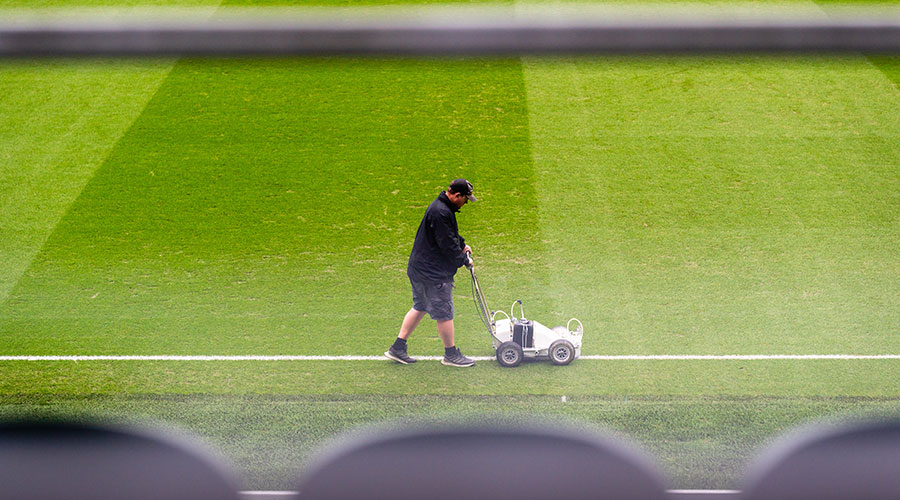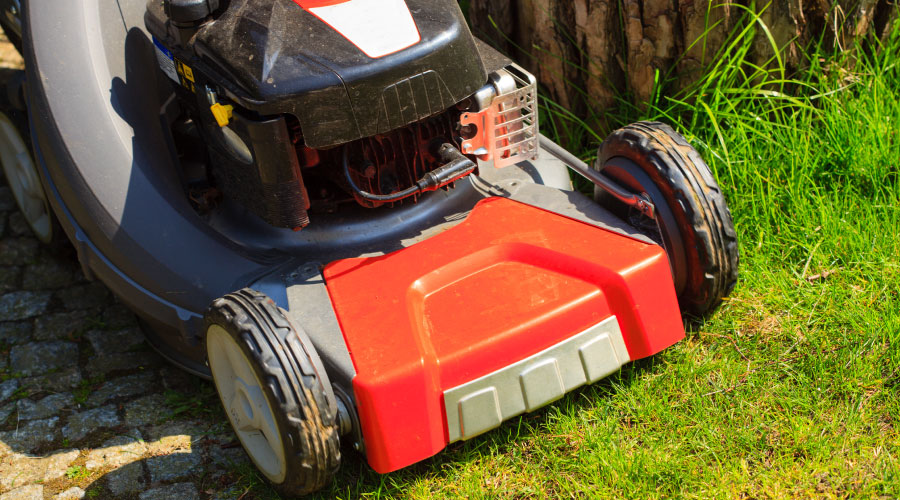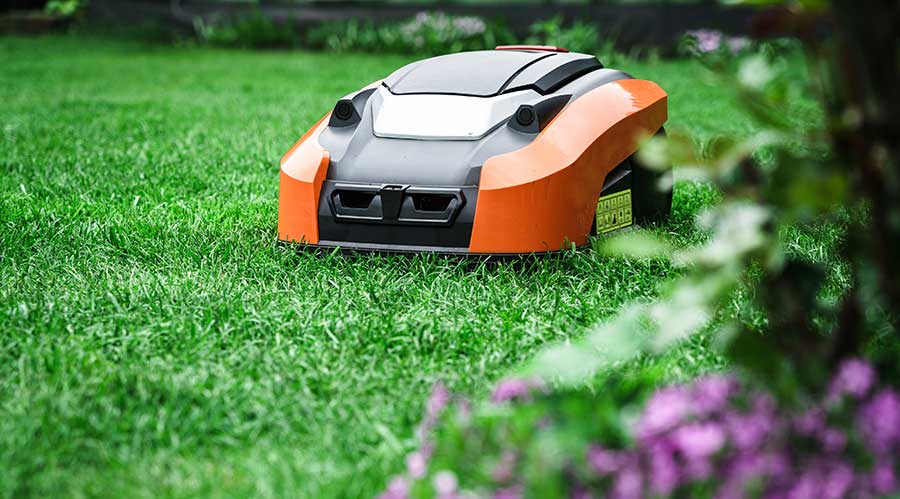Successful Concrete Repair Requires Careful Preparation
Typical equipment for performing concrete maintenance includes a shovel, a hoe, a rake, a gas-powered mixer, and a wheelbarrow for jobs that require less than a dozen or so bags of cement. Other essential materials include a latex-bonding compound, a concrete cleaner, quick-setting cement, a crack filler, and a vinyl concrete patch. For larger jobs, the best option often is to use premixed concrete delivered by the cubic yard.
Preparation supplies include lumber, a hammer, nails, a sledgehammer for driving stakes, a level, a plumb bob, string, batter boards, and a tamper. To finish the concrete, required tools include a trowel, a darby, a float, a come-along, an edger, a jointer, and a concrete vibrator.
Sealing concrete surfaces requires acid-etching material, a broom or vacuum, and sealant. Workers can repair joint separations in walks or between slabs by using caulk material applied with a caulk gun. Workers performing concrete repairs also must wear proper personal protection equipment, which includes a hard hat, safety glasses, safety shoes, a dust mask, knee pads and gauntlet gloves that protect the hands and forearms.
Annual maintenance for concrete parking lots and garage floors should include sweeping and scrubbing oily spots with a detergent in order to keep debris, dust, and spalled concrete out of the drains, as well as removing grease and oil to prevent early concrete deterioration.
Workers also should look for backed up drains, which can cause water to pond and ice to form. The resulting severe cracking and spalling can break out the concrete aggregate, exposing the rebar to water. Workers also should annually clean triple basins in commercial garages that settle drainage debris and vent petroleum vapors.
Workers who discover cracks should open them to at least 1/4 inch deep using a hammer and chisel or powered chaser. Next, they should be vacuumed and filled with a two-part epoxy crack repair material using a dual-cartridge gun. Then they should sand the repaired area smooth and seal it.
Repairs also can include changes that address trip-and-fall hazards. For example, a walkway that has a height difference of one-half-inch or more at adjacent slabs is a trip hazard. Workers can raise the lower slab to be even with the higher slab using a pump that inserts concrete under the slab through predrilled core holes. The hydraulic pressure raises the lower slab, and workers insert the saved cores back into the holes and grouted in place.
Workers might have to remove severely out-of-line or broken slabs with a jackhammer. Once the slab is removed, they can place gravel and tamp it to form a base of at least 2 inches below the adjoining good concrete.
Next, they should form open sides, pour the concrete, strike it off with a screed and inverted shovel or come-along, and allow it to set up. They can finish it using a float, darby, trowel or broom, edger, and jointer to ensure it is even with the adjoining walkway slabs.
Spalled concrete surfaces have lost their top layer, often due to water penetration that lifts it up and breaks it. Over-watering or over-finishing when placing concrete produces the same problem. Walks, ramps, parking lots and garages are all subject to this type of failure.
The key to proper surface preparation is to rough the area or use an acid etch, if needed. The next step is to vacuum the surface to remove all dust and loose material, then apply a primer. When the primer is still sticky, it is the best time to apply a polymer-modified cementitious overlay by spreading it with a squeegee and finishing it with a trowel. The overlay will cure to allow even heavy traffic after 24 hours. Once the overlay has cured, the final step is to apply a penetrating waterproof sealer, which will dramatically reduce water-induced spalling.
Related Topics:













